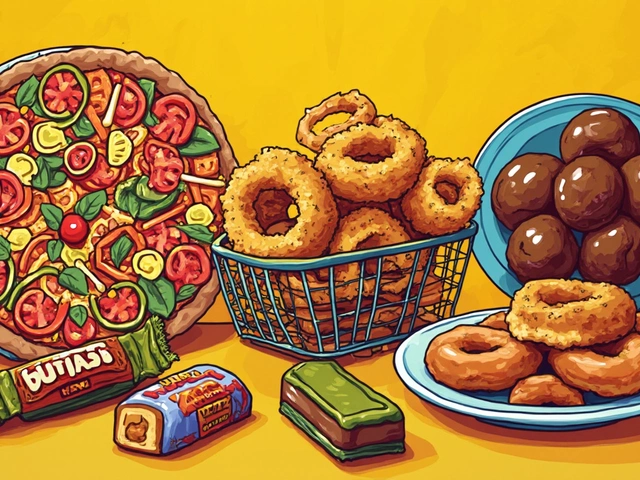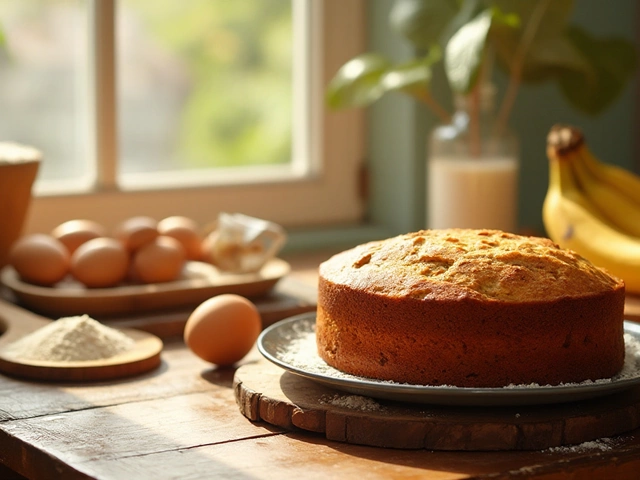Fudge Recipes & Tips – Master Perfect Homemade Fudge
If you’ve ever sliced into a batch that was grainy, too hard, or just plain sad, you’re not alone. Fudge feels simple, but the magic happens in the details – temperature, stirring, and storage. Below you’ll get the most practical advice to skip the guesswork and end up with smooth, melt‑in‑your‑mouth fudge every single try.
Get the Temperature Right the First Time
The soft‑ball stage is the sweet spot for fudge. Aim for 236‑240°F (113‑115°C) on a candy thermometer. If you don’t have one, watch the syrup: drop a tiny bit into cold water – it should form a soft, pliable ball you can roll between your fingers. Boiling too long pushes the fudge into the hard‑ball range, making it rock‑hard. Keep an eye on the clock, and pull the pot off the heat as soon as the thermometer hits the range.
Stirring, Cooling, and Storage Made Simple
Stirring is a balancing act. While the mixture is heating, stir constantly to prevent a skin from forming. Once you reach the soft‑ball stage and remove the pot, let the fudge sit for a minute, then stir vigorously until it thickens and loses its gloss. This is when the crystals form, giving you that creamy texture. When the fudge is glossy but thick enough to hold a line when you draw it with a spatula, it’s ready to pour into a lined pan.
Once set, cut the fudge into squares and let them cool at room temperature. Don’t pop them in the fridge – the cold air makes sugar crystals shrink and the fudge turns grainy. Instead, store in an airtight container in a cool, dark place. A thin sheet of parchment between layers keeps them from sticking.
If you’re working at high altitude, add a few extra minutes to the cooking time or increase the temperature by about 2‑3°F. The thinner air means water evaporates faster, and you’ll need a slightly higher temperature to hit the soft‑ball stage.
Got a batch that didn’t set? Check three things: temperature, stirring, and the ratio of sugar to fat. If the syrup was too cool, the crystals won’t form and the fudge stays runny. If you over‑stirred after the soft‑ball stage, you can break down the crystals and make it grainy. In either case, you can rescue a runny batch by reheating it to 240°F, then letting it cool without stirring for a minute before the final mix.
Want to experiment with flavors? Add extracts, nuts, or dried fruit after the fudge thickens but before you pour it into the pan. This keeps the mix‑ins from sinking to the bottom and ensures an even distribution.
Finally, remember that the best fudge is made with patience. Skipping steps or rushing the cooling phase leads to disappointment. Follow the temperature guide, stir at the right moments, and store properly – and you’ll have a stash of perfect fudge ready for any occasion.
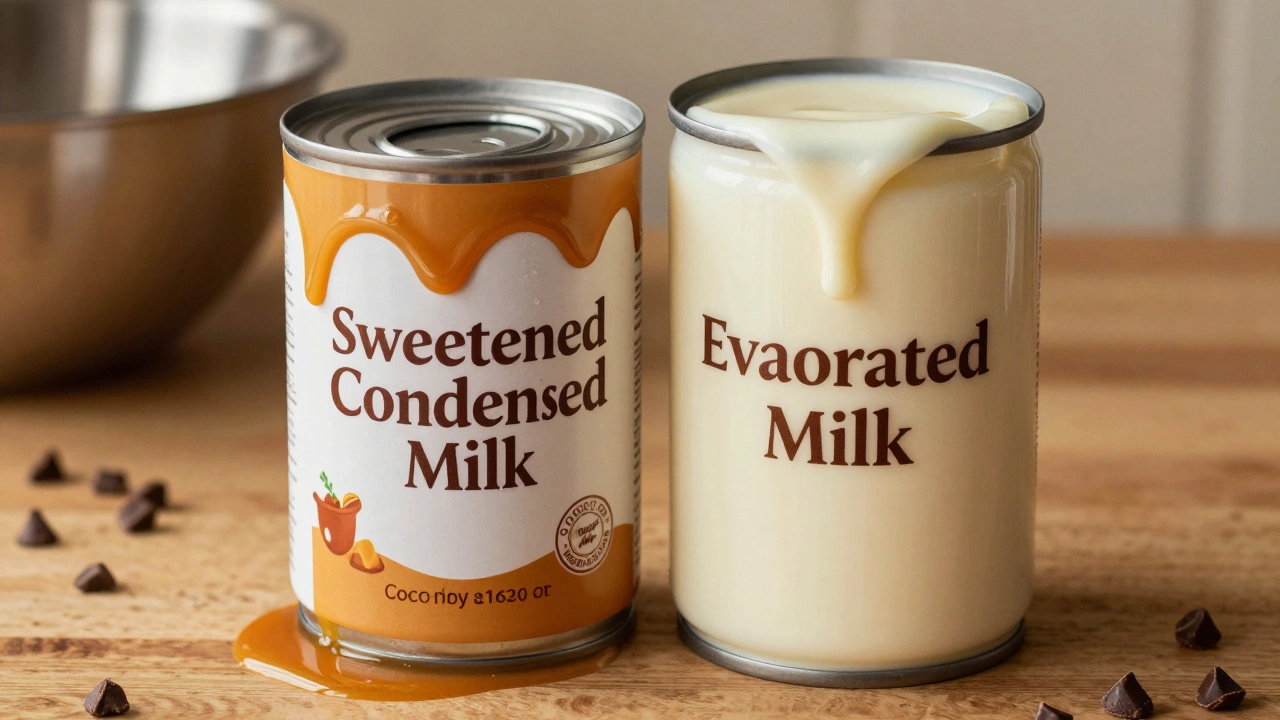
Condensed Milk vs Evaporated Milk for Fudge: Which One Really Works?
Condensed milk makes fudge smooth and easy. Evaporated milk won't set properly unless the recipe is designed for it. For perfect fudge every time, use sweetened condensed milk.
View More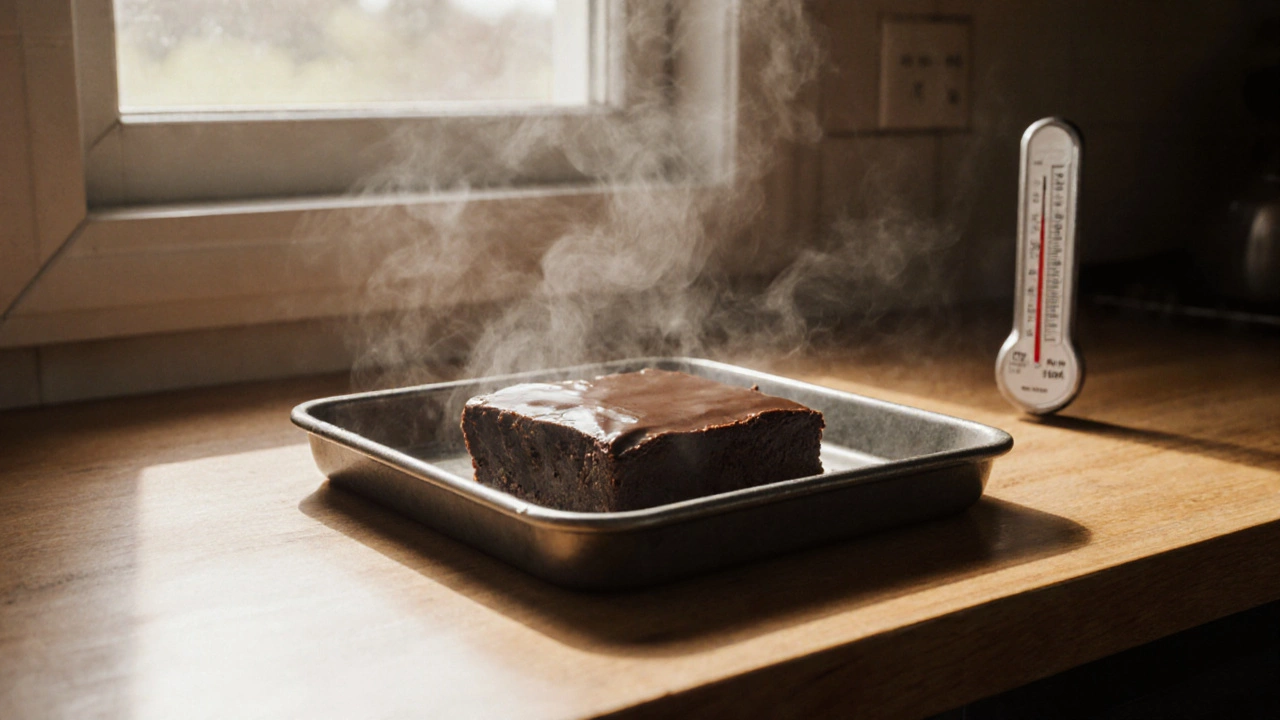
How Long Does It Take for Fudge to Fully Harden?
Fudge takes 4 to 6 hours to harden at room temperature. Learn why timing, temperature, and patience matter for creamy, cuttable fudge every time.
View More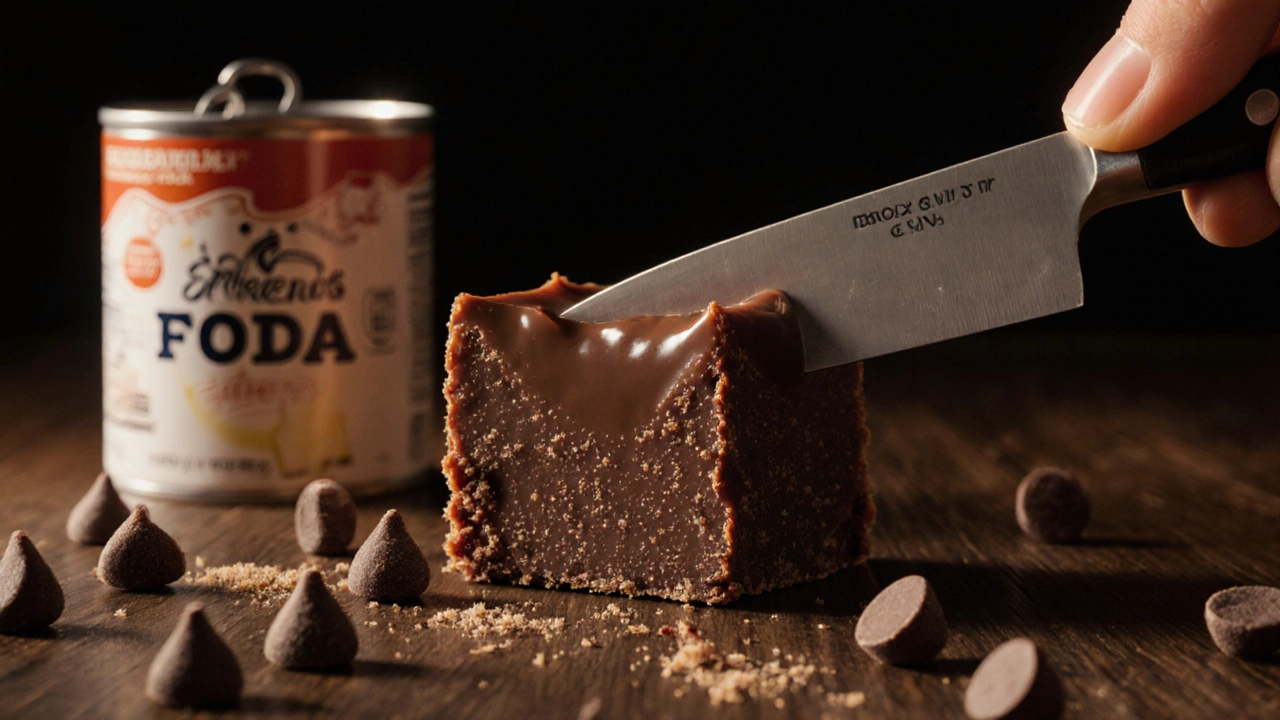
Why Use Evaporated Milk in Fudge? The Science Behind the Creaminess
Evaporated milk is the secret to smooth, non-grainy fudge. It reduces water content for better sugar crystallization, gives rich texture without added sugar, and outperforms regular milk or condensed milk in classic recipes.
View More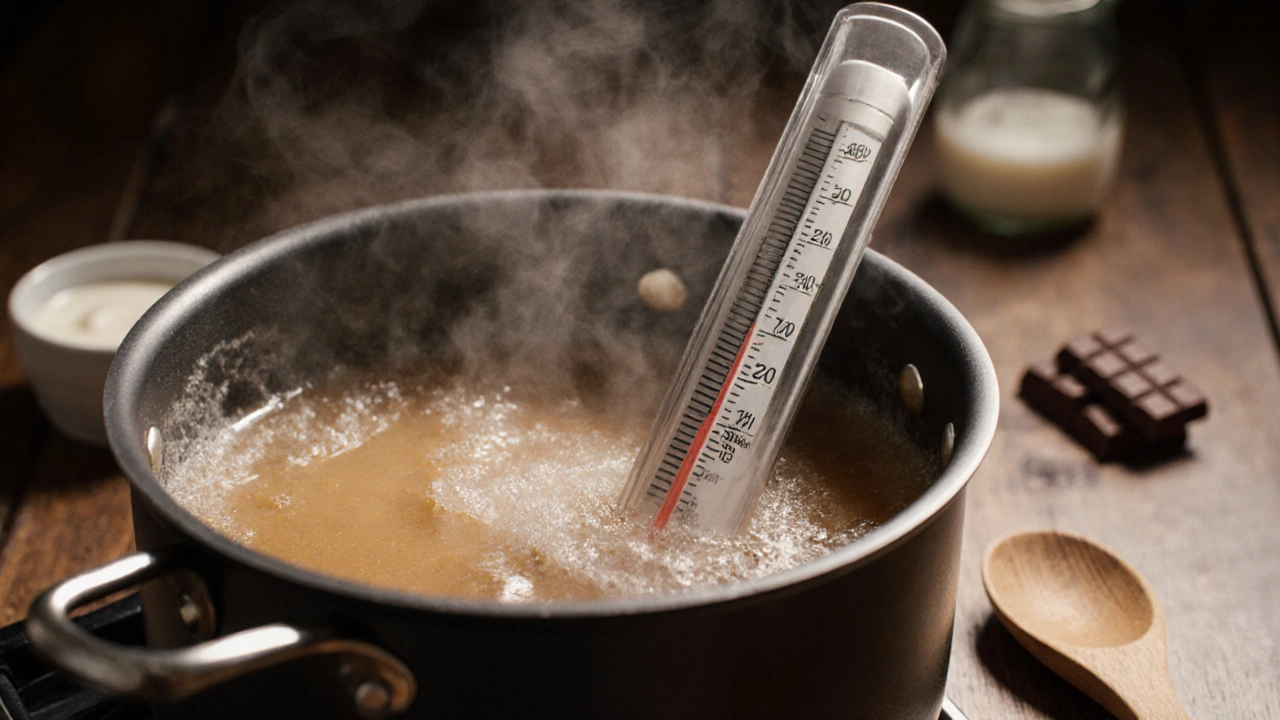
How Often Should I Stir Fudge? The Right Way to Stir Fudge for Perfect Texture
Learn the exact moment to stir fudge for smooth, creamy results-no more grainy batches. Discover why timing matters more than frequency in fudge-making.
View More
What Happens When You Skip Vanilla in Fudge? Effects on Flavor & Texture
Learn how skipping vanilla changes fudge flavor, texture, and aroma, plus smart substitutes and troubleshooting tips for perfect chocolate fudge every time.
View More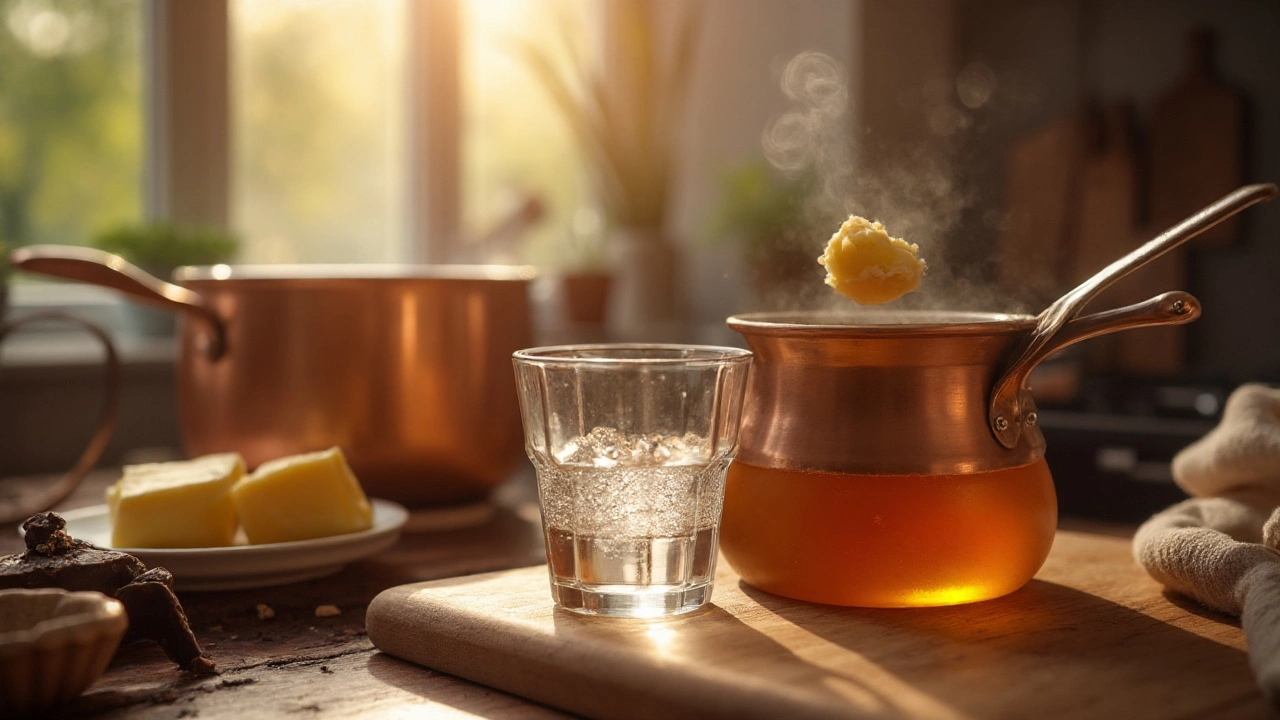
Fudge Temperature Guide: The Exact Soft‑Ball Stage and How to Hit It Every Time
Wondering what temperature to cook fudge at? Get the exact soft-ball range, quick fixes, altitude adjustments, and a simple step-by-step to nail creamy fudge.
View More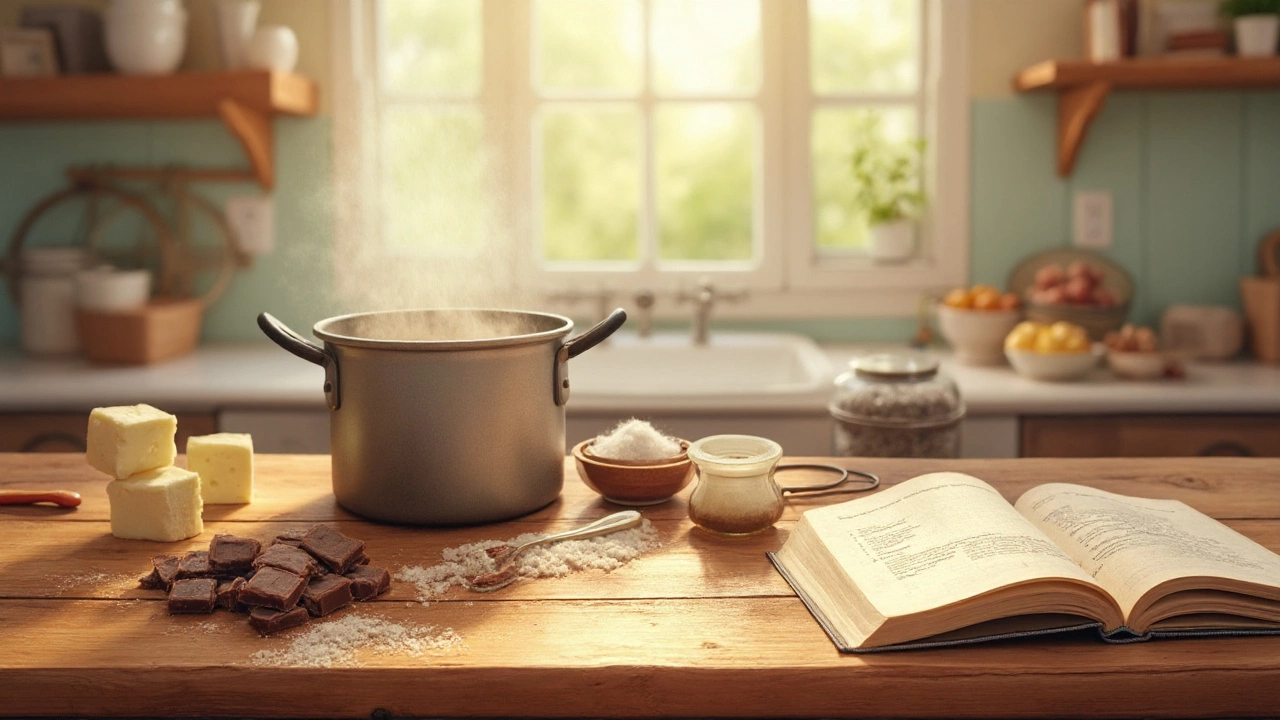
The Real Secret to Perfect, Creamy Fudge—And How You Can Nail It Every Time
Unlock the secrets to smooth, creamy fudge. Learn about the science, common mistakes, and pro tips to get your fudge just right every time without frustration.
View More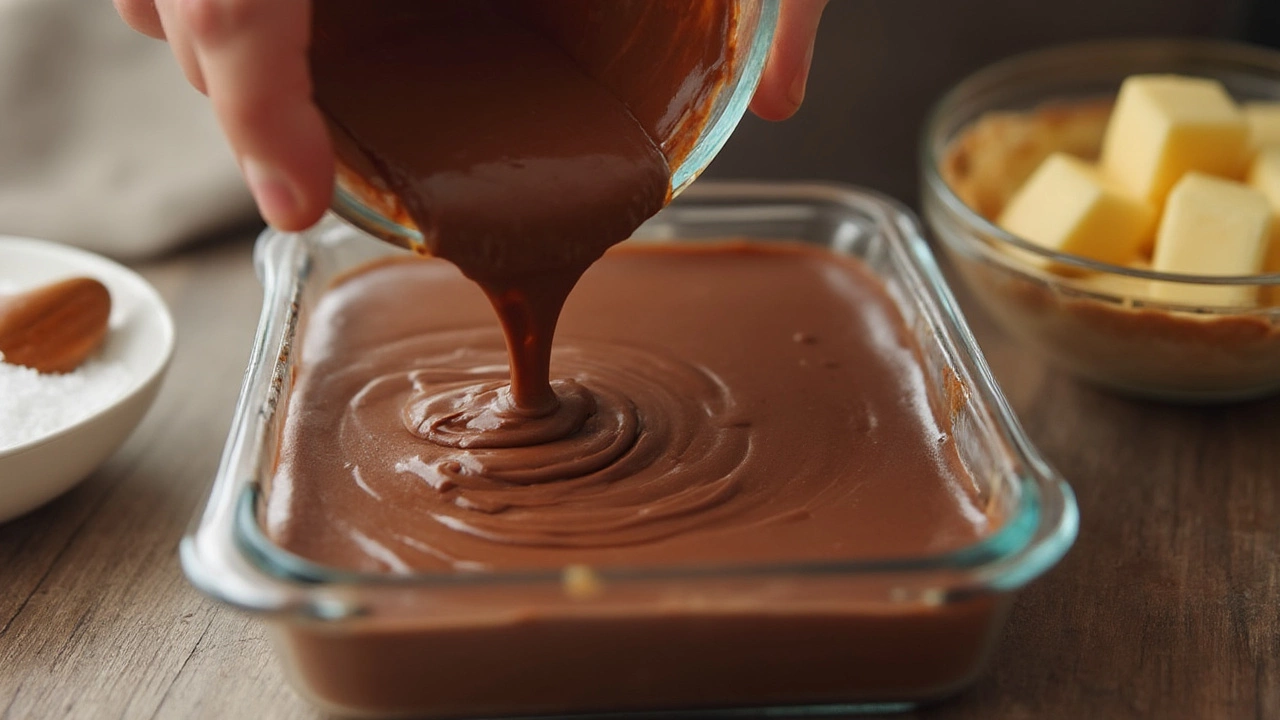
How to Make Fudge That’s Smooth and Not Grainy: Fudge-Making Secrets Revealed
Tired of grainy fudge? Discover the true secret to smooth, creamy fudge every time, with science-backed tips, practical steps, and expert tricks for flawless results.
View More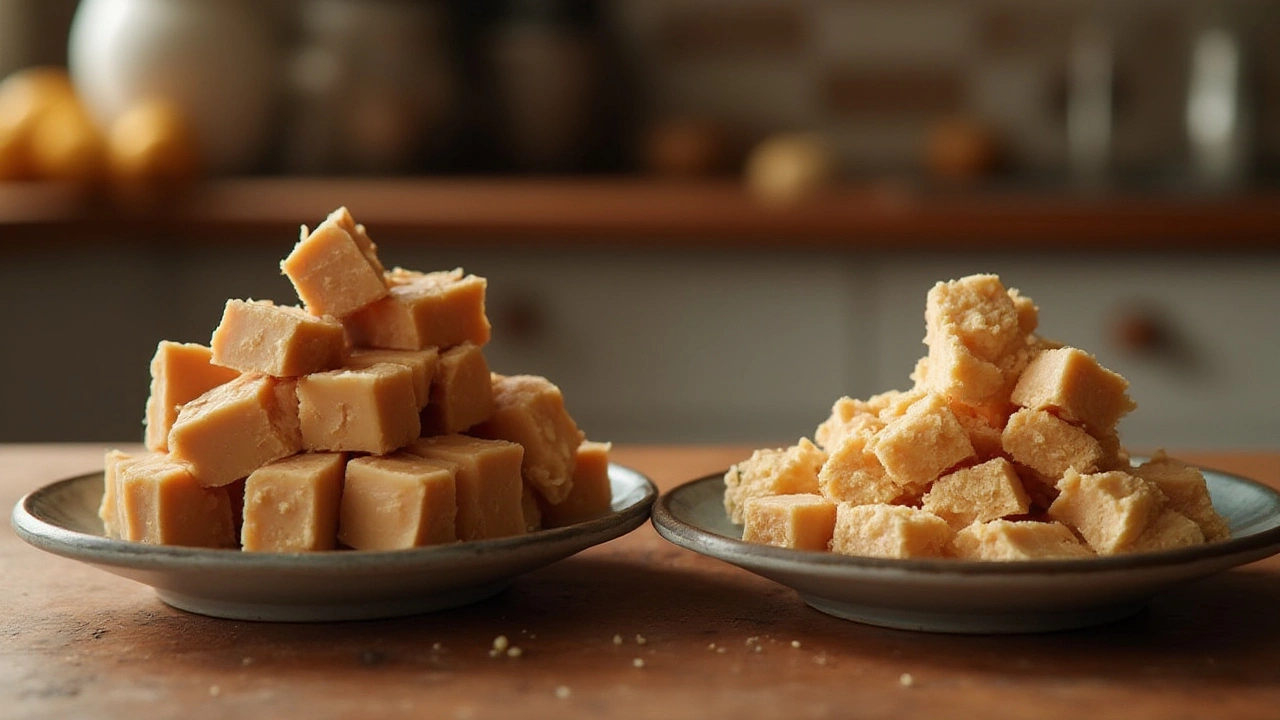
Boiling Fudge Too Long: What Really Happens and How to Fix It
Ever end up with crumbly, rock-hard fudge? Read to see what really happens if you boil fudge too long—and how you can salvage it or get it right every time.
View More
What Do Americans Call Fudge? The Delicious World of Classic Fudge Recipes
Ever wondered what Americans mean when they talk about fudge? This article breaks down what fudge actually is, how it shows up in American homes, and all the little ways people enjoy it. You'll find out why it's such a big deal around the holidays and what makes American-style fudge stick out from the rest. If you love sweets or want to try fudge recipes, this guide gives you all the basics, tips, and fun facts.
View More
3 Ingredient Fudge Not Setting? Here’s What’s Going Wrong
Wondering why your 3 ingredient fudge refuses to set? This article breaks down the top reasons for runny or soft fudge and how to fix it. Learn about the roles of each ingredient, typical mistakes, and simple tweaks to get perfect fudge every time. Get practical advice you can use today. Stop stressing about failed batches and discover how to turn fudge flops into rich, sliceable treats.
View More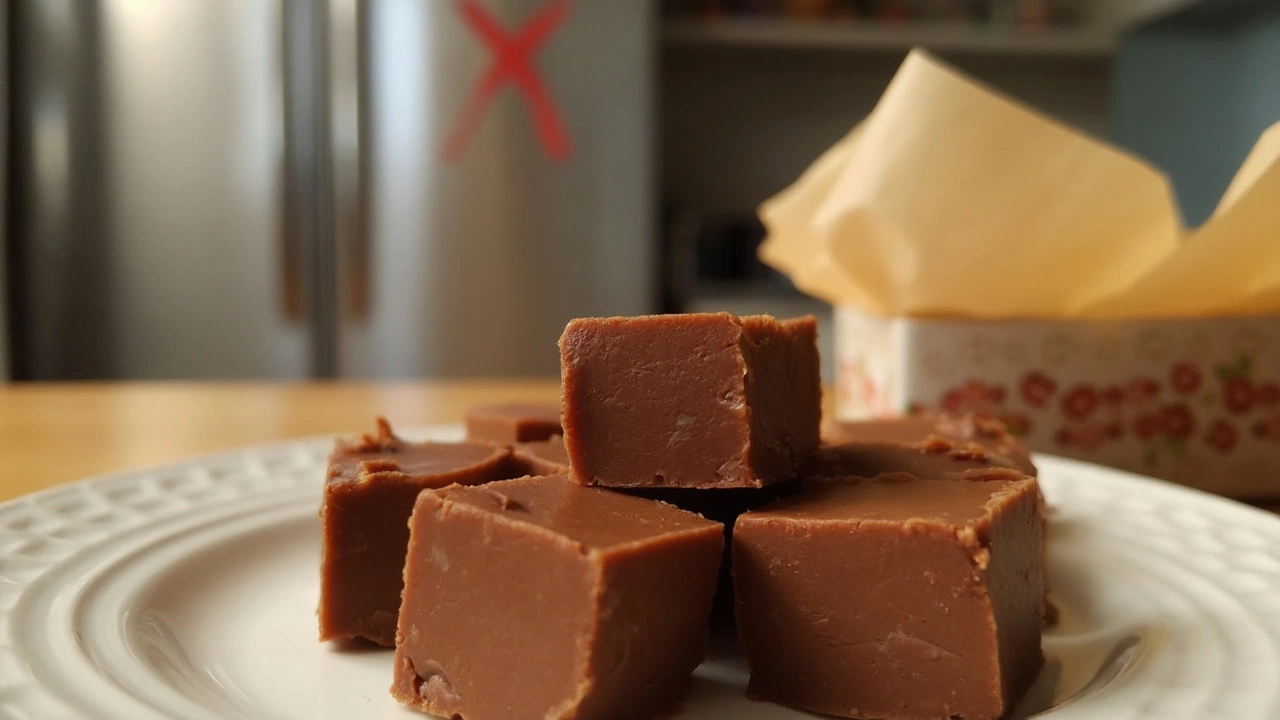
Why Should You Not Put Fudge in the Fridge? (And What to Do Instead)
Storing fudge in the fridge seems logical, but it can actually ruin your treat’s texture and flavor. This article explains why refrigeration makes fudge grainy, how temperature changes affect its ingredients, and offers tips for keeping your fudge smooth and delicious. You'll discover the ideal way to store fudge to maintain its freshness. Protect your homemade fudge from common storage mistakes and learn what really works.
View More


